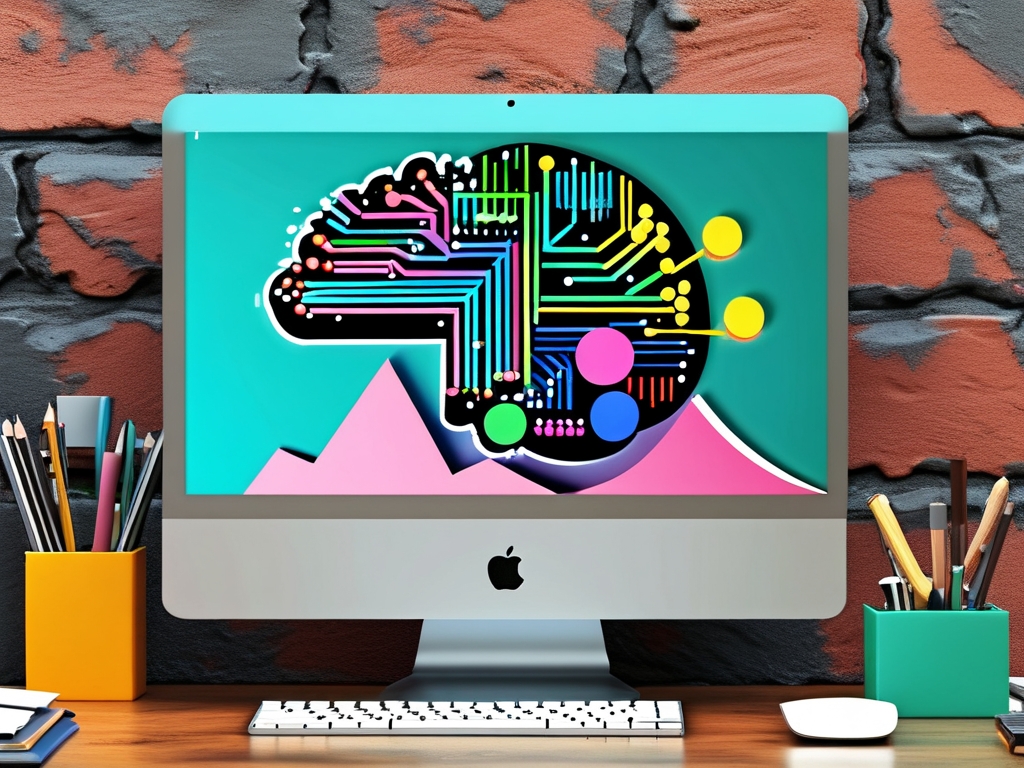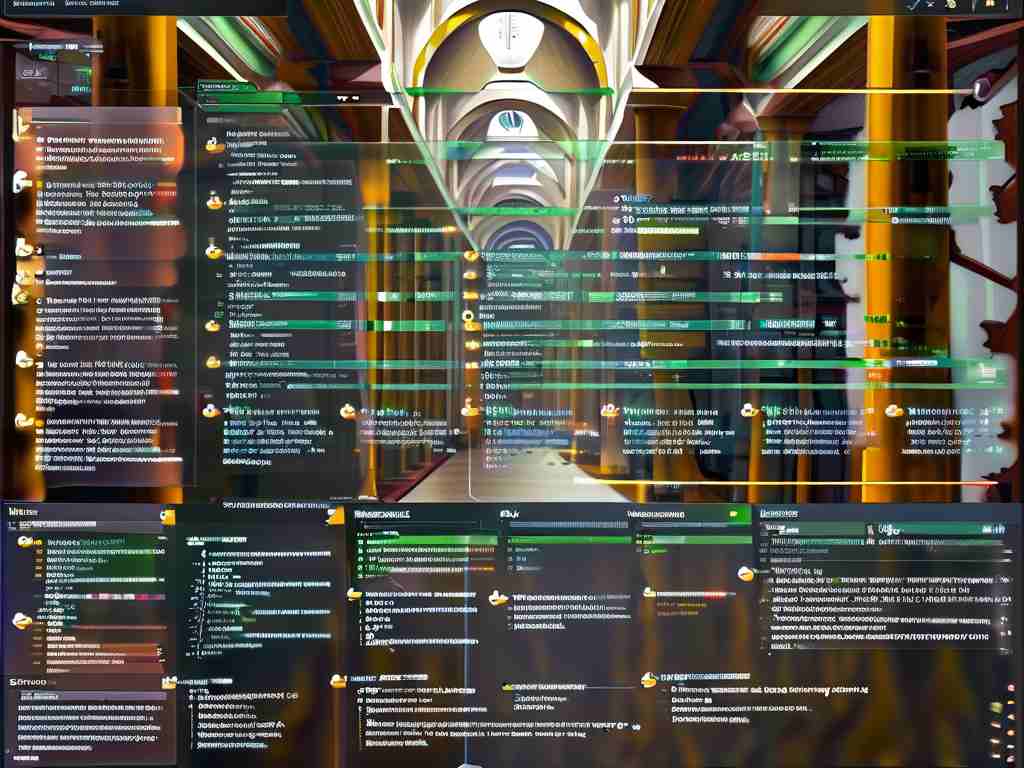In the realm of computer networks, understanding number systems is as fundamental as knowing how data travels across cables or wireless signals. This article explores the critical role of binary, decimal, and hexadecimal numbering systems in network operations and demonstrates how a mind map can simplify these concepts for learners and professionals alike.

1. The Importance of Number Systems in Networking
Computer networks rely on numerical representations to manage addressing, data transmission, and error detection. At their core, devices communicate using binary (base-2) code—sequences of 0s and 1s. However, working directly with binary is cumbersome for humans. This is where decimal (base-10) and hexadecimal (base-16) systems come into play, acting as bridges between machine language and human-readable formats.
For instance, IP addresses are typically expressed in decimal (e.g., 192.168.1.1) for ease of use, while Media Access Control (MAC) addresses use hexadecimal (e.g., 00:1A:3F:FE:45:67). Understanding how these systems interconvert is essential for tasks like subnetting, troubleshooting, and configuring network devices.
2. Binary: The Language of Machines
Binary forms the backbone of all digital systems. In networking:
- Data Packets: Every packet transmitted over a network is broken down into binary bits.
- Logical Operations: Network protocols use binary logic for error checking (e.g., CRC algorithms).
- IPv4 Addressing: A 32-bit binary number split into four octets (e.g., 11000000.10101000.00000001.00000001 becomes 192.168.1.1).
A common challenge is converting binary to decimal. For example, the binary value 1010 translates to decimal 10 using positional weighting (1×2³ + 0×2² + 1×2¹ + 0×2⁰). Mind maps can visually break down this process, linking each bit’s position to its exponential value.
3. Hexadecimal: Simplifying Binary Complexity
Hexadecimal reduces the length of binary strings by grouping four bits into a single hex digit (0–9, A–F). This is invaluable in networking for:
- MAC Addresses: A 48-bit address represented as six hex pairs.
- Memory Addressing: Hex simplifies memory location references in routers and switches.
- Color Codes: Network configuration interfaces often use hex for RGB values in GUI designs.
Converting binary to hex involves splitting binary numbers into 4-bit groups. For example, 1101 1011 becomes DB in hex. A mind map could illustrate this grouping technique, emphasizing patterns and reducing cognitive load.
4. Decimal: Bridging Human-Machine Interaction
While machines prioritize binary, humans interact with networks using decimal. Key applications include:
- IP Address Configuration: Dotted decimal notation (e.g., 172.16.254.1).
- Port Numbers: TCP/UDP ports range from 0 to 65535 in decimal.
- Network Metrics: Latency (ms) and bandwidth (Mbps) are measured in decimal.
Converting decimal to binary requires division-by-2 operations. For instance, decimal 45 becomes 101101 in binary. Mind maps can flowchart this process, highlighting remainders at each step.
5. Building a Mind Map for Number System Mastery
A well-structured mind map organizes these concepts hierarchically:
- Central Node: "Network Number Systems."
- Primary Branches: Binary, Decimal, Hexadecimal.
- Sub-Branches:
- Definitions and Use Cases
- Conversion Formulas
- Real-World Examples (e.g., IPv4 vs. IPv6 addressing)
- Tools (e.g., calculators, Python code snippets).
Visual elements like color coding (red for binary, blue for hex) and icons (gears for conversion steps) enhance retention. Interactive digital mind maps can even embed hyperlinks to practice exercises or video tutorials.
6. Practical Applications in Networking
- Subnetting: Converting subnet masks (e.g., /24 to 255.255.255.0) requires binary-decimal fluency.
- Packet Analysis: Wireshark displays hex dumps of frames, demanding quick hex-to-binary interpretation.
- Network Programming: Scripts often manipulate IP addresses using bitwise operations.
Case Study: Troubleshooting a MAC Address Conflict
A network admin notices duplicate MAC addresses. By converting the hex address 0A:1B:2C:3D:4E:5F to binary, they identify a faulty NIC card generating incorrect bits.
7.
Number systems are the invisible scaffolding of computer networks. Mastering binary, decimal, and hexadecimal conversions—aided by a structured mind map—empowers professionals to design, secure, and optimize networks efficiently. Whether configuring a home router or analyzing enterprise-level traffic, this foundational knowledge turns abstract concepts into actionable skills.
By integrating mind maps into training programs, educators and organizations can demystify technical jargon and foster deeper comprehension. In an era where networks underpin global communication, clarity in these basics is not just useful—it’s essential.









